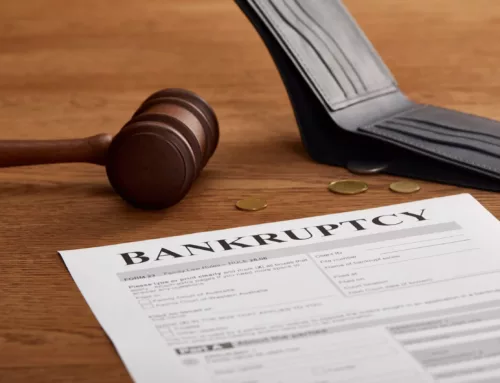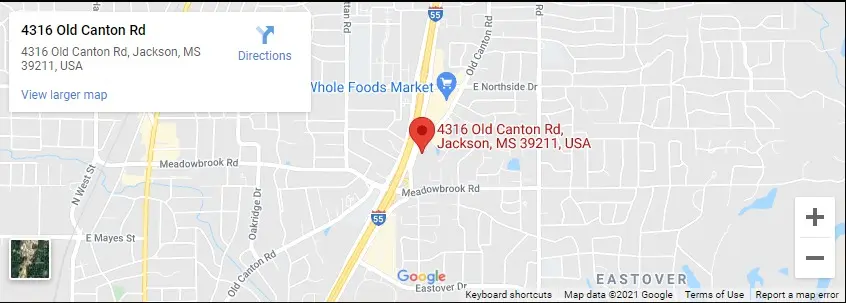When a Mississippi resident is faced with foreclosure, he or she may file for bankruptcy to save a home. Chapter 13 bankruptcy is most commonly used for this purpose because it gives individuals more time to pay off creditors, and it is also the only type of bankruptcy that can save a home with a second mortgage. When someone files for this type of bankruptcy, they are given between three and five years to catch up with their debts and pay off creditors.
To ensure payments are being handled properly, a court appointed trustee is assigned to individuals who file. This trustee generally determines how much someone pays a month and handles and distributes payments to creditors. A trustee is also usually involved if someone is offered a loan modification while they are still finishing out their bankruptcy. When the housing crisis first began, few people were able to get loan modifications from lenders, leaving them few other options than to file for bankruptcy.
Now that lenders are making modifications more readily available, some people who have not finished their Chapter 13 Bankruptcy may be eligible for a modification. While some homeowners may be concerned about taking advantage of a modification, they should do so as long as they can meet the criteria of the lender. These modifications may lower someone’s interest rate, which may also reduce their monthly mortgage payments.
Most bankruptcy filings are unique because of each individual’s circumstances, income and debts. To ensure that someone can get the most benefit from a bankruptcy and protect their assets, they may want to understand the process. A lawyer can let people know what to expect and help them file their bankruptcy paperwork.







Connect with Us